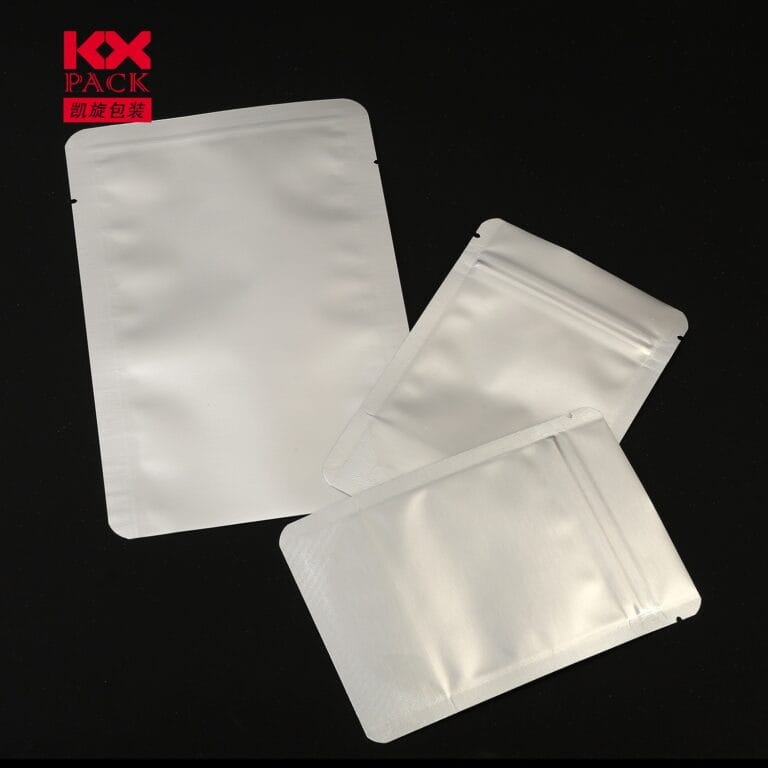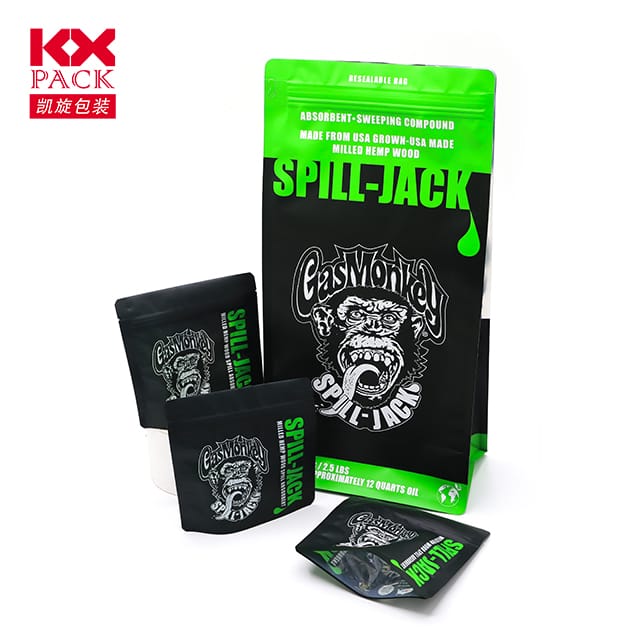食品包装中的塑料膜的双刃剑: 便利与. 可持续发展
塑料薄膜
In supermarkets worldwide, 塑料薄膜包裹从新鲜农产品到预煮的餐, 确保新鲜度并延长保质期. 然而, 随着环境问题的关注, 这些透明, 多才多艺的材料面部审查. 让我们探索塑料薄膜在食品包装中的作用, 他们的好处, 缺点, 以及创新塑造更绿色的未来.
1. Why Plastic Films Dominate Food Packaging
Plastic films—thin layers of polymers like聚乙烯 (体育), 聚丙烯 (聚丙烯), 和聚氯乙烯 (PVC)—are ubiquitous for good reason:
- 保存能力: They act as barriers against oxygen, 水分, 和污染物, slowing spoilage. 例如, 改良的气氛包装 (地图) uses plastic films to regulate gas levels, keeping strawberries fresh for weeks.
- 成本效益: Producing plastic films is cheaper than alternatives like glass or metal, making them ideal for mass-market goods.
- 轻巧和灵活: Their malleability allows custom shapes for snacks, 肉类, and cheeses, reducing material waste compared to rigid packaging.
- 透明度: Clear films let consumers inspect products without opening them, boosting trust and reducing food waste from damaged goods.
2. 环境损失: A Crisis in the Making
Despite their advantages, plastic films contribute significantly to global pollution:
- 一次性优势: 超过 80% of plastic films are used once and discarded, 最终进入垃圾填埋场或海洋. 一个 2022 study found that plastic packaging accounts for 46% 全球塑料废物, with films being a major culprit.
- 回收挑战: Most films are non-recyclable due to contamination (例如。, food residue) or mixed materials (例如。, PE combined with adhesives). 仅有的 4% of plastic films are recycled in the U.S., per the EPA.
- Microplastic Menace: Degraded films break into microplastics, infiltrating ecosystems and even human bodies. Research suggests the average person ingests 5 每周的微塑料克—equivalent to a credit card.
3. Innovations Redefining Plastic Films
The industry is pivoting toward sustainability through these breakthroughs:
- 可生物降解的替代品:
- 聚乳酸 (解放军): Derived from corn starch, PLA films decompose in industrial composters within 90 天. 品牌喜欢 大自然工作 are using PLA for fresh salads and sandwiches.
- Cellulose-based Films: Made from plant fibers, these films are edible and home-compostable. 公司喜欢 类型 offer compostable wraps for granola bars and coffee pods.
- 先进的回收技术:
- 化学回收: Processes like pyrolysis break down mixed plastics into raw materials for new films. Nestlé and Danone are investing in this tech to recycle flexible packaging.
- Enzymatic Breakdown: Startups like Carbios use enzymes to depolymerize PET films into reusable monomers, closing the loop.
- Smart Films for Extended Shelf Life:
- 主动包装: Films infused with 氧气清除剂 或者 antimicrobial agents (例如。, silver nanoparticles) can double the lifespan of perishables like meat and cheese.
- 食用涂料: Thin layers of 壳聚糖 (from shellfish) 或者 beeswax create breathable barriers, reducing reliance on synthetic plastics.
4. 前面的道路: Balancing Practicality and Planet
While innovations are promising, systemic changes are needed:
- 政策推动: Governments must enforce extended producer responsibility (EPR) laws, requiring brands to fund recycling infrastructure. The EU’s 一次性塑料指令 bans non-compostable films by 2030.
- Consumer Behavior Shifts: Educating shoppers to opt for reusable containers or bulk purchases can cut film use. Zero-waste stores, which allow customers to fill their own jars, 正在获得吸引力.
- 行业合作: 像这样的倡议 New Plastics Economy Global Commitment unite 500+ companies to eliminate problematic plastics and boost recycled content in films.
结论: Rethinking the “Wrap” on Food Packaging
Plastic films are a testament to human ingenuity—protecting food, 减少浪费, and enabling global food trade. 然而, their environmental cost demands urgent action. 通过拥抱可生物降解的材料, investing in recycling tech, and redesigning systems for circularity, we can preserve both convenience and the planet.
Next time you unwrap a snack, 问问自己: Could this film be part of the solution, not the problem? Share your sustainable packaging hacks in the comments! 🌍🍴







